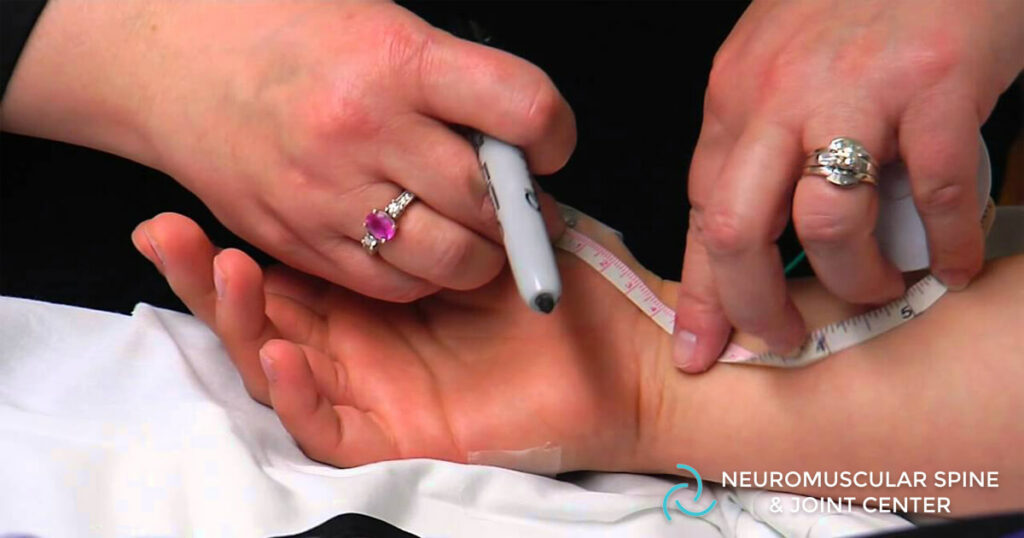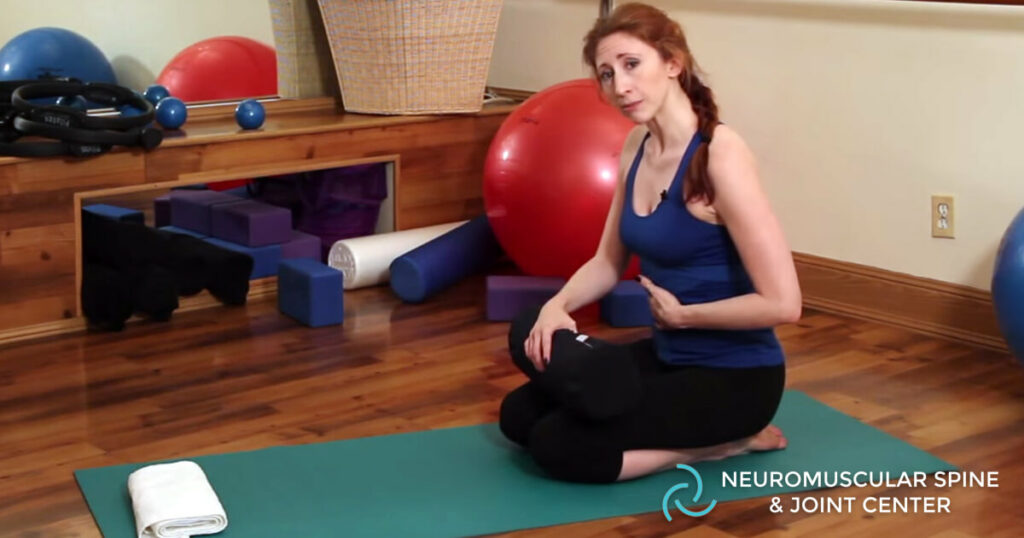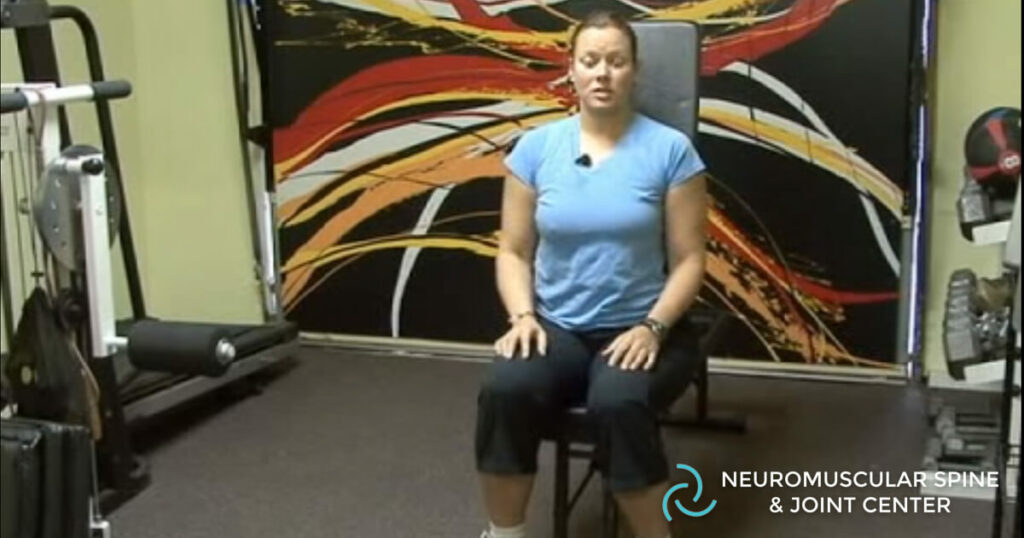Diabetic Neuropathy: Care Instructions
When you have diabetes, your blood sugar level may get too high. Over time, high blood sugar levels can damage nerves. This is called diabetic neuropathy. Nerve damage can cause pain, burning, tingling, and numbness and may leave you feeling weak. The feet are often affected. When you have nerve damage in your feet, you […]
Electromyogram (EMG) and Nerve Conduction Studies: About These Tests

What are they? An electromyogram (EMG) measures the electrical activity of your muscles when you are not using them (at rest) and when you tighten them (muscle contraction). Nerve conduction studies (NCS) measure how well and how fast the nerves can send electrical signals. EMG and nerve conduction studies are often done together. If they […]
Neck: Exercises
Here are some examples of typical rehabilitation exercises for your condition. Start each exercise slowly. Ease off the exercise if you start to have pain. Your doctor or physical therapist will tell you when you can start these exercises and which ones will work best for you. How to do the exercises Note: Stretching should […]
Neck Strain or Sprain: Rehab Exercises
Here are some examples of typical rehabilitation exercises for neck strain or sprain. Start each exercise slowly. Ease off the exercise if you start to have pain. Your doctor or physical therapist will tell you when you can start these exercises and which ones will work best for you. How to do the exercises Neck […]
Neck Spasm: Exercises

Here are some examples of typical rehabilitation exercises for neck spasms. Start each exercise slowly. Ease off the exercise if you start to have pain. Your doctor or physical therapist will tell you when you can start these exercises and which ones will work best for you. How to do the exercises Levator scapula stretch […]
Neck Arthritis: Exercises
Here are some examples of typical rehabilitation exercises for neck arthritis. Start each exercise slowly. Ease off the exercise if you start to have pain. Your doctor or physical therapist will tell you when you can start these exercises and which ones will work best for you. How to do the exercises Neck stretches to […]
Senior Citizen Back Strengthening Exercises

Exercise is important for senior citizens to help strengthen and add motion to muscles and joints and to improve posture. In this video, Evelyn White guides you through some back strengthening exercises for senior citizens. Back strengthening exercises are important for lifting up or extending the back. Lay flat on the floor with a pillow […]
Lower Back Strengthening Exercises for Senior Citizens

In this video Sue Conrad, a personal trainer with a certification through the American Council on Exercise (ACE), guides you through some lower back strengthening exercises which are beneficial for senior citizens. https://www.youtube.com/watch?v=GYT8VoWz17U
Exercises To Help With Shoulder Pain

This video demonstrates some exercises that you can use to help alleviate shoulder pain.
What To Expect During Your Nerve Conduction Study and EMG Test

Nerve conduction studies (NCSs) and electromyography (EMG) tests help doctors determine if your muscles or nerves have been damaged and, if so, how to treat you. The video below explains what you as a patient can expect when you visit Neuromuscular Spine & Joint Center for a Nerve Conduction Study or EMG.
